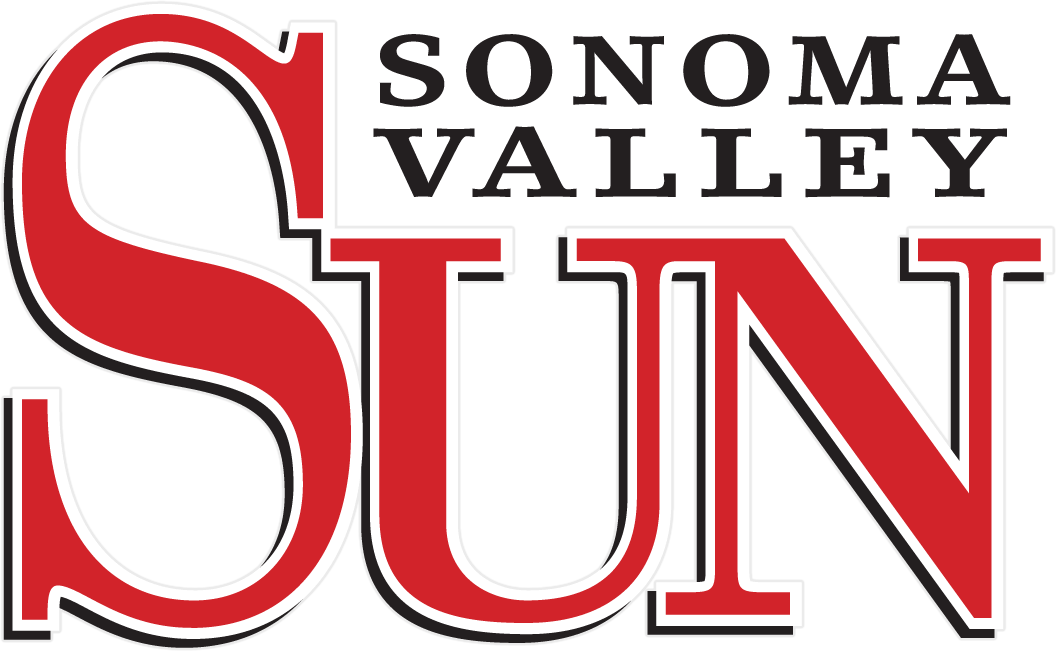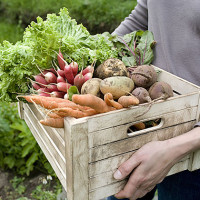In my last column, I reflected on the outstanding 2007 growing season and some of the other great wine vintages during my 35 years of winemaking. California has a generous climate, and we have our fair share of great winegrowing years. However, all of us in the wine business are ultimately at the mercy of Mother Nature, and while she generally blesses us with good weather and sun-kissed grapes, there are certainly years that present more challenges than others.
Not all vintages are created equal. This is what makes winemaking, and by extension wine, so interesting. Every vintage presents its own combination of promise, problems and tough decisions. Even so, consumers deserve a level of continuity and consistency from the wineries they support. Sadly, it’s not as simple as making lemonade out of lemons in difficult years. There are no quick fixes for bad grapes, especially when it’s your name on the bottle.
Different years can be difficult for different reasons. And while there are many potential issues that can surface, untimely rain (and the problems it can spawn – from mold and mildew to botrytis bunch rot and flavor dilution) is usually the main worry. Early spring rains in 1982 and 1983 caused botrytis and put a lot of pressure on vineyards. Drenching rains in August of 1997 (an El Niño year) caused many vineyards to lose vast amounts of crop. And late September rains in 1989 led to a year that was notorious for its poor quality.
Rain isn’t the only concern. Some vintages, such as 1998 and 2000, were so cool that it was a challenge to achieve real ripeness. On the flip side, some years deliver so much heat accumulation that growers must work extra hard to keep grapes from dehydrating on the vine. And finally, though we generally appreciate good late-season heat and ripening, sometimes that heat comes so hard and fast that it stretches our logistical ability to get the fruit in on time and in good condition.
Achieving good grape quality is similar to staying healthy. You don’t want to spend all your time treating symptoms, you want to be proactive – you want to avoid problems before they become manifest. In the vineyard, this proactive approach takes many forms. In irrigation it means applying a watering program that leaves the vines moderately stressed (a key for good fruit quality) without overstressing them. We also try to stay out in front of diseases such as powdery mildew by applying natural products like organic sulfur and Stylet-oil (a natural mineral oil) on the vines.
Vine and canopy management is also a huge contributor to overall quality, and a key to heading off many problems. Good vineyard maintenance includes mowing the vineyard floor, keeping weeds under control, removing excessive plant growth, reducing crop yields as necessary, clearing out the fruiting zone, and balancing the vines. These practices do many positive things, from enhancing warmth on the vineyard floor to creating filtered light on the grapes and ensuring good air circulation.
With the work of an entire season literally hanging in the balance, harvest decisions are also crucial. As growers and vintners wait for “perfect ripeness,” they also watch the sky, aware that a serious rain can wipe out all of their hard work. Thinking that some crop is better than no crop, some people will pull the trigger too early, which can be a tragic mistake, delivering unripe fruit with poorly articulated flavors. To avoid this, it is crucial to trust your instincts and to be patient (and at times brave). Sometimes this also means picking individual blocks multiple times. Once the fruit is brought in, good sorting, both in the field and the winery, is extremely important, as is a daily sensory evaluation of every fermenting tank.
Even when you have made all the right decisions, there are times you are still dealt a bad hand. If quality and consistency are your true mandates, this is “put up or shut up” time, when you have to decide whether to take the financial hit of declassifying wine for bulk sale or second label status to maintain quality. In the end, if it’s about living up to your own standards and the standards your customers deserve. These are hard decisions to make, but they are also the only ones that matter.
Steve MacRostie is a renowned winemaker and the founder of MacRostie Winery and Vineyards.
Please send food, wine, restaurant news and event information to foodandwine@sonomasun.com




